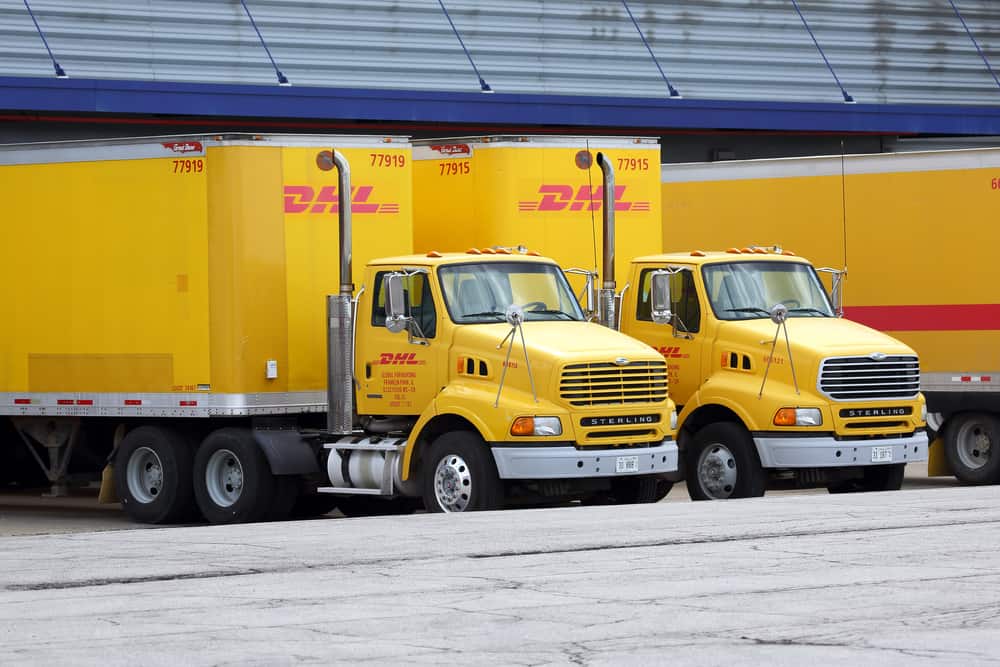
Good day,
In an attempt to make warehousing more efficient, logistics major DHL (CXE: DPW.D.IX) is turning towards AI-enabled robots to do the job for the company. DHL is planning to deploy self-driving vehicles and product-moving robots in its warehouses, with 350 of its 430 facilities in the country expected to be equipped with these automated workers. The total cost of this exercise is anticipated to be around $300 million.
“The maturity of the technology in this area has really improved, so it’s given us an opportunity to make a larger investment,” said Scott Sureddin, CEO of DHL Supply Chain North America. The company is serious in its plans to implement cutting-edge technology in its supply chain, to improve its market share, amidst stiff competition from companies like FedEx, UPS, and XPO Logistics. In that stead, DHL is planning to open a 24,000 square-foot innovation center by 2019, dedicated to developing new products for expediting warehouse operations.
Quotable:
“It’s a long shot, but the parties are going to be there and if there’s something to be worked out, it can be worked out there. The question is whether there’s room for agreement among the U.S., Saudi Arabia and Russia on what the right price is.”
– Ed Morse, a veteran OPEC-watcher at Citigroup Inc., on the G20 summit’s importance in shaping 2019’s oil market.
Did you know?
Rare earths are critical minerals, with China accounting for more than 90% of the world supply over the past decade, according to U.S. government figures.
In other news:
Supply chains may shift if U.S. follows through on Mexico border closing
Trucks moved 69% of goods imported from Mexico in 2017. (Wall Street Journal)
How much lower can WTI go?
West Texas Intermediate fell yesterday to US$50 a barrel, after the Energy Information Administration reported yet another weekly inventory build with production at record highs. (Oilprice)
From ports to roads: How supply chains can prepare for climate change — now
A report released last week by the Trump administration stated that the U.S. economy will shrink by 10% due to climate change by 2100. (Supply Chain Dive)
Shale gluts and ship rules make heavy sweet oil an unlikely star
Shale boom and shipping rules weaken light and high-sulfur grades. (Bloomberg)
French automaker unveils plan to construct sailing vehicle carriers
Renault has unveiled an ambitious plan to construct two wind-powered roll-on/roll-off vessels by as early as 2020. (gCaptain)
Final thoughts:
The problems Indian cities face with air pollution is well known, as the country battles with gas guzzling automobiles clogging the streets and excessive coal burning to power its energy needs. The Modi government has been striving to reduce India’s dependency on coal by transitioning to cleaner sources like natural gas and solar energy, but policies, infrastructure, and domestic production have ended up making the situation a damp squib.
Though the absolute volume of natural gas have risen across the country, its overall percentage share in the energy consumption chart has steadily gone down, from being over 10% in 2013 to languishing at around 6% last year. “The market is price sensitive and cheap coal still poses a challenge to gas consumption,” said Kaushik Chatterjee, senior analyst at Wood Mackenzie Ltd.
India’s coal consumption has been worrying since it makes up over 50% of its energy production means, a good 20% higher than the world average. On the contrary, the average natural gas consumption around the world stands at over 20% of its total fuel consumption. India’s own natural gas production hit a record high in 2010, but output has fallen spectacularly over the years, with exported natural gas accounting for 50% of the country’s consumption, a number that was half of the current figure in 2010.
Hammer down everyone!







